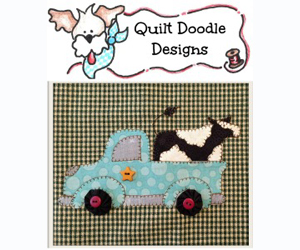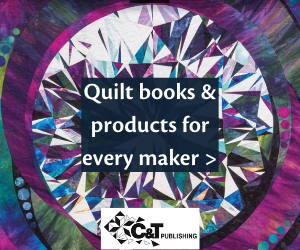
A negative company culture can have a devastating impact on your business. Read on to learn how to create a positive company culture by knowing the employee archetypes and how to manage them.
The Impact of Company Culture
There are a couple ways to manage workplace negativity. The first is to set clear expectations in your company handbook and follow them. The second is to have quarterly performance reviews. This provides both parties with an outlet for constructive criticism on how the other party can improve.
Another factor to consider is yourself. What sort of example do you set? Do you make your employees feel appreciated? After some soul searching, be ready to confront negativity head on. The following tips will be a good place to start managing the negativity.
Employee Categories
- The Emotional Employee: Emotional employees are easily provoked which can be distracting to business. Set up a weekly sync to be used as a vent session as an outlet.
- The Social Butterfly: This employee has a poor gauge of time and enjoys chatting. Fortunately this is easy to manage. Put social butterflies in a social role like planning workshops and employee or customer recognition events.
- The Bully: Workplace bullies use power to manipulate others. For this conversation you’ll want to listen to both sides of the story and have your facts ready.
- The Complainer: More often than not, this isn’t a bad thing, especially if the employee is bought into the company’s mission. Listen to what they have to say—they may bring up a point you haven’t thought of before.
Inspiration for this post comes from “Positive Culture Produces Satisfied Employees” by HR expert and former quilt shop owner Melisa Morrison published in the October 2022 issue of Creative Retailer.
If you’re looking for more information to guide you in owning a retail business, subscribe to Creative Retailer today. Already a subscriber? No worries—join our Facebook group for insights and dialogue from industry specialists like you. And don’t forget, you can always purchase single issues if you prefer that instead.












